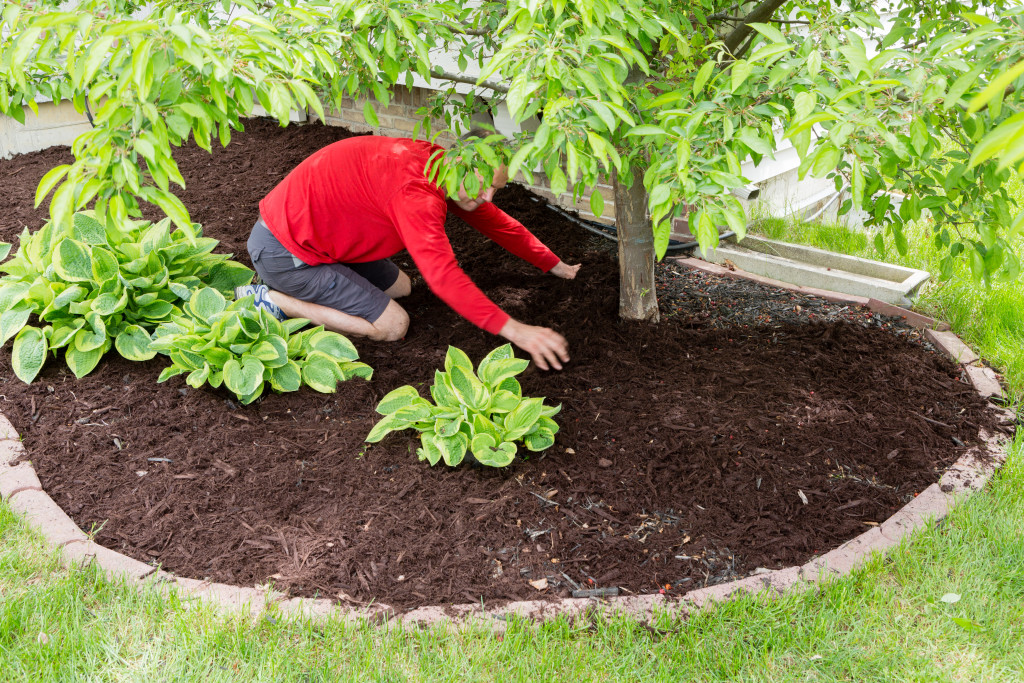
Whether you just dabble in gardening, or are a green-fingered pro, making your own mulch is always a great idea: and it’s way easier than you might think. While there are a plethora of synthetic and organic mulches you can purchase by the bag, making your own mulch is far more eco-friendly and much cheaper. The following is a checklist that will get you mulching in no time.
Choose your source
Mulch can be produced from a wide variety of sources, so choosing one that is practical and easily available for you is the first step. The tried and tested favorites are leaves and yard clippings, as they are abundant and easy to gather, not to mention economical. Bark and pine needles are also among the most nutrient-rich sources of mulch. Different sources are best suited for different purposes. If you need summer mulch, you can’t go wrong with compost, leaves and yard trimmings. On the other hand, bark, straw and pine needles are the best winter mulches. If you have access to old newspapers, shredding and adding them to the mixture will be a valuable addition.
Collecting the materials
Once you have decided what you will be using your mulch for, it is time to gather it all up. Depending on how much you will need, there are a wide variety of containers to choose from, so take a trip to your local hardware store, or look for a great deal on the web. Every time you prune, rake leaves or mow the lawn, just add to the pile. If your lawnmower has a bag for collecting trimmings, that makes your job all the easier. If you are going for a compost pile, make sure to keep it moist and use a pitchfork to turn it regularly in order to keep it aerated and help the materials rotate and break down easier.
Break down materials
The more you can break down your mulching materials, the better. Piles of leaves can be quickly and easily mulched with a lawnmower. Again, the grass-catching bag is a lifesaver here. Wood trimmings, branches and bark can most easily be processed with a small wood chipper. They can be rented from most hardware stores; just don’t forget to use safety goggles! Compost is by far the easiest to mulch. All you need to do is continually maintain the pile until ready for use. Depending on factors such as local weather conditions and how often you turn it, compost can be ready in half a month to four months’ time.
Preparing the grounds
You can get so caught up in tending to your mulch that you can overlook the important process of preparing your yard for mulching. Once you have all that lovely mulch, you want to distribute it as efficiently as possible. If you have any old mulch on the grounds, remove it in order to have a fresh start. If you have a compost pile, you can recycle the old mulch by mixing it in to the pile. Weeding thoroughly is of great importance. Mulch will boost the growth and health of your plants, but it will do the same for any weeds you might have overlooked, and you do not want that!
Mulch is a great tool for protecting and nourishing your plants, and can add distinctive flare to your garden. Setting up you own mulch making process will yield dividends in the long run. Having your own supply of organic quality mulch will ensure your garden will is healthy, prosperous and self-sustaining.














